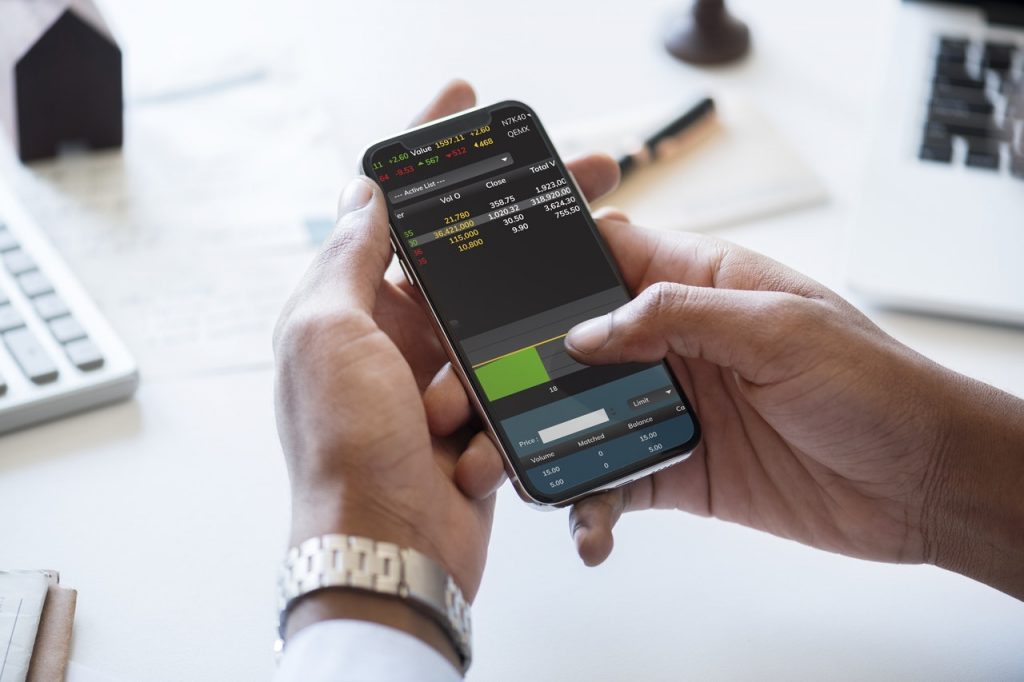Best CFD Trading Strategies
While CFD trading
can be a financially rewarding experience, it is also a high-risk activity. As entrepreneurs, we all know the high-risk tradeoffs. Like a startup, your investing takes planning too. Therefore, it is critical to ensure that you plan your trading strategy before you place any trades. Succinctly stated, if you do not trade based on tried and trusted strategies, you run the risk of losing your entire investment.

Secondly, it is vital to garner a keen understanding of the online financial market trading methodologies. The following quotation by Benjamin Franklin emphasises the importance of knowing how to trade successfully before trading:
“An investment in knowledge pays the best interest.”
Thirdly, it is critical to treat your online financial market trading journey as a business. Primarily, the basics of running a company like sales strategies and working out your company’s return on investment (ROI) also apply to trade CFDs.
When trading on the global financial markets, you have to plan your trades like you would develop your business processes and methodologies. Additionally, it is vital to determine your ROI by calculating each trades profitability. Ergo, if your investment is not growing, you need to relook at your trading tactics. There is no point in losing money while trading.
At this juncture, it is important to remember that it’s impossible to trade profitably 100% of the time. You will place losing trades. As part of your trading strategy, it is vital to look at your overall profitability levels and not concentrate on single investments.
CFD Trading Strategies
Basically, trading strategies fall into one of two categories:
- Fundamental trading strategies:
When employing these strategies, you will study an asset’s fundamentals. In other words, you will look at profit and loss statements, cash flow, as well as growth forecasts and future outlook. Also, these strategies are successful when implemented as long-term trading tactics. And, they are best utilised to buy and hold stock, bonds, or commodities over a long period of time. They are not suited to short-term trading strategies.
- Technical trading strategies:
Essentially, technical trading strategies are best utilised for short-term investments like trading on an asset’s price movements via the CFD trading instrument. Technical investment tactics include the study of an asset’s price movements using graphs, charts, technical indicators and oscillators. And their main goal is to forecast a linked asset’s short-term price movements in order to profit from its price volatility. Finally, it should also be noted that short-term trading is a high-risk, high-reward (high-loss) scenario as an asset’s price is likely to swing from high to low in a moment’s notice.
Therefore, here are some exist trading strategies to help you put together your coherent investment strategy before you enter the CFD trading space:
Scalping
Scalping is an investment strategy where a trader will place many small trades during a single trading day to make an overall profit. The raison d’etre is that “many small profits can easily compound into large gains if a strict exit strategy is used to prevent large losses.” Thus, to implement this strategy effectively, traders must place between ten and a couple of hundred trades per day. Each trade aims to generate a small profit on each deal.
Range trading
Essentially, range trading is where an investor finds an asset’s overbought and oversold ranges. As an aside, the Relative Strength Indicator (RSI) is used to determine overbought and oversold ranges. It’s high and low limits are traditionally set at 70:30 respectively. When an asset’s price moves past 70, the asset is considered overbought. In a similar vein, when the asset’s price moves below 30, it is deemed to be oversold.
When trading using this strategy, the trader enters the trade (buy) when the asset is oversold and closes the trade (sell) when the asset moves up past 70 and is overbought. Finally, this trading strategy is the most successful in a market where there are no distinct, definable price trends. The asset’s price just meanders up and down.
Trend Trading
Succinctly stated, trend trading is used to capitalise on the current price trend or direction. In other words, the trader opens a trade at a low point during the identified pattern and closes the trade at the highest point without the price turning and moving in a different direction. When using this trading strategy, it is vital to set stop-loss and take-profit points. Thus, the trade will automatically close when it reaches the set low point and high point respectively; thereby, preventing losses from sudden price reversals.

